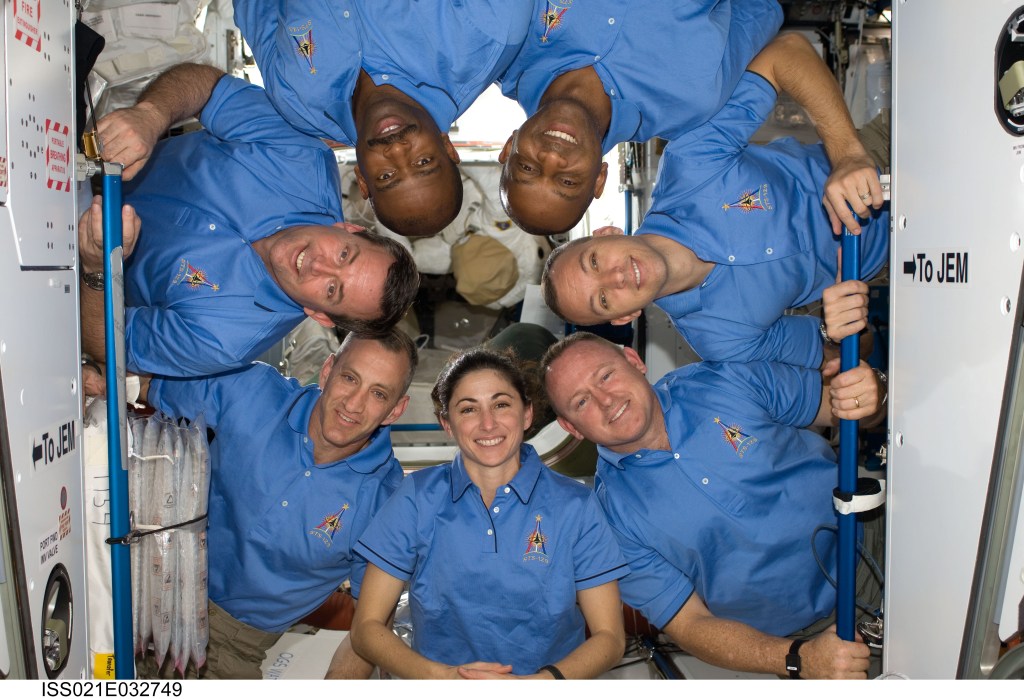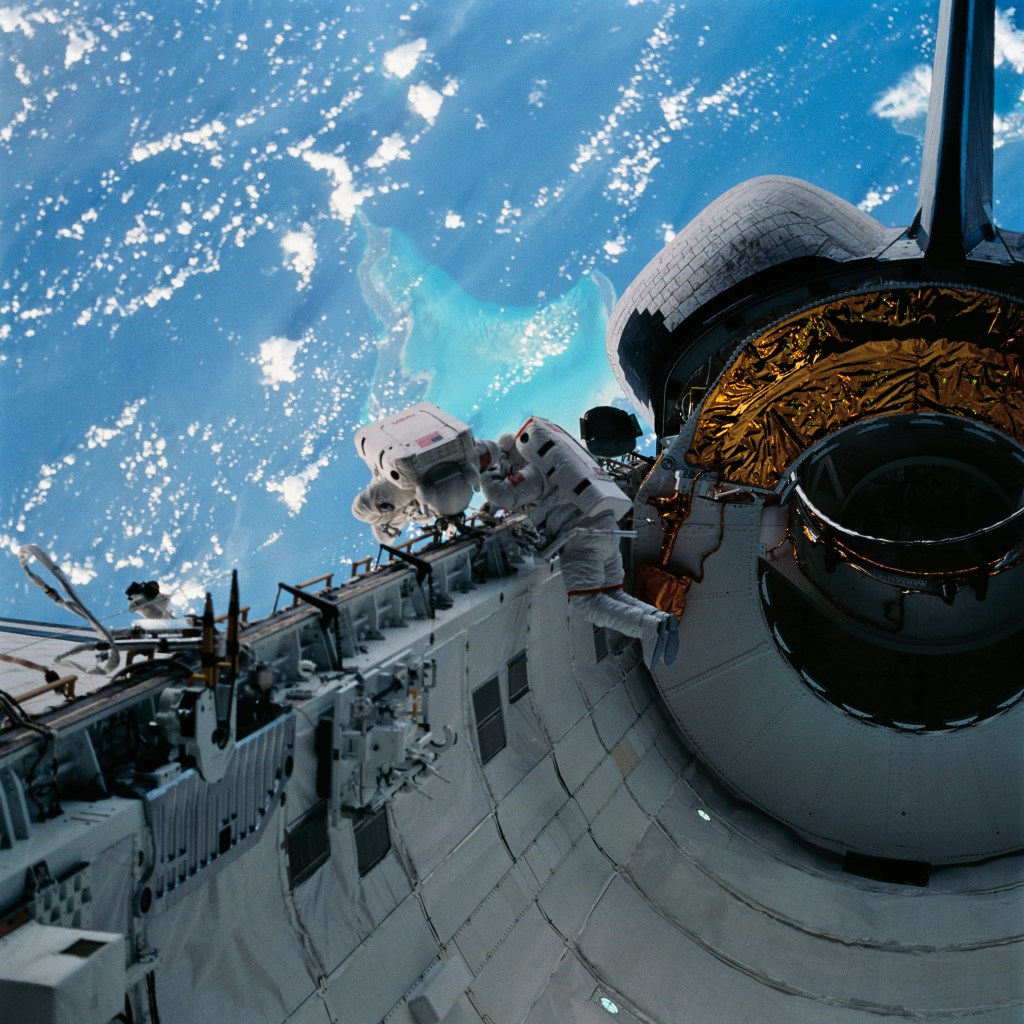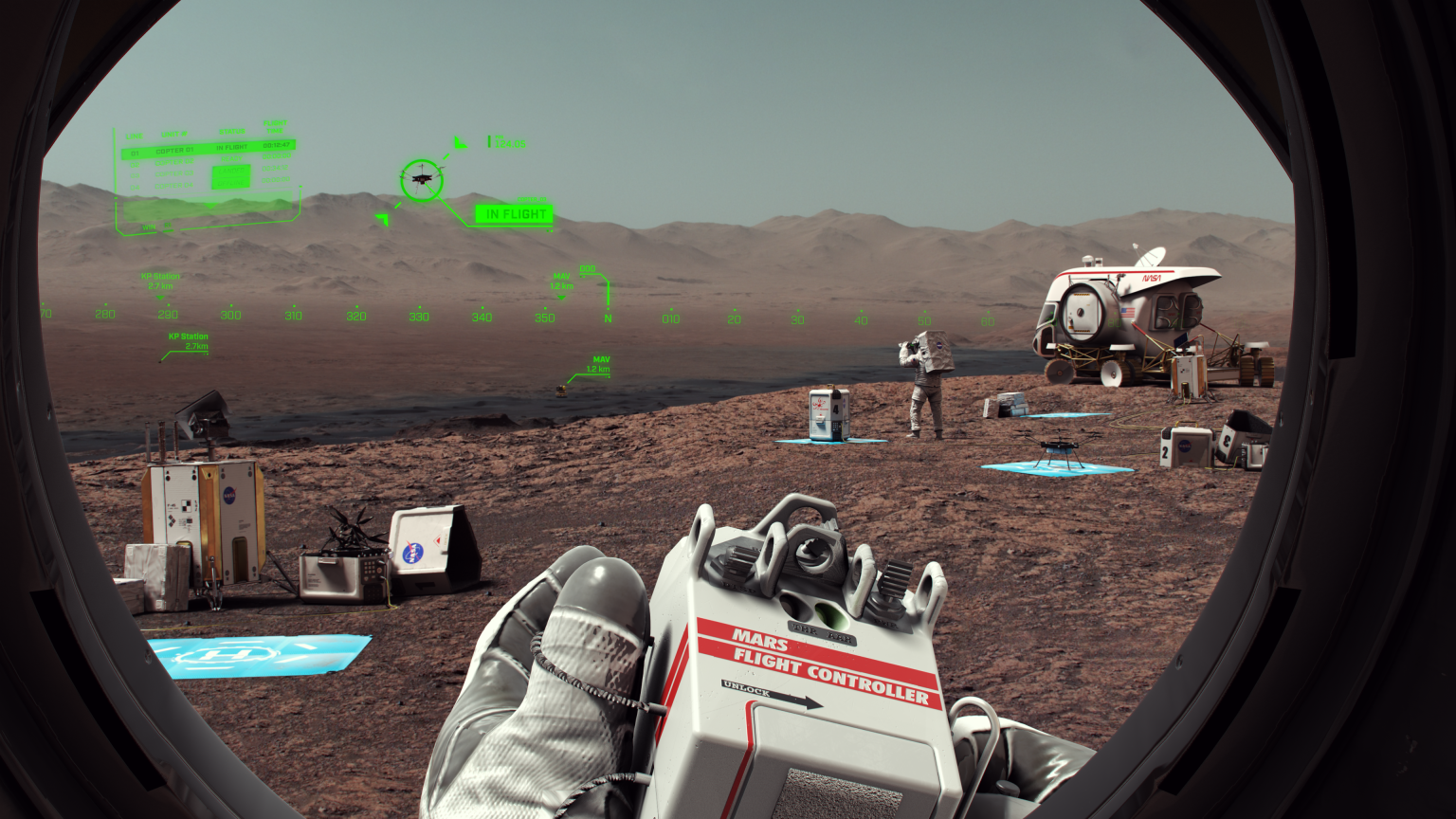
STS-92
STS-92 installed the Zenith Z1 Truss and the third pressurized mating adapter for use as a docking port for subsequent shuttle missions.
Orbiter
mission duration
Launch
Landing

Mission Facts
Mission: International Space Station Assembly Flight 3.3A
Space Shuttle: Discovery
Launch Pad: 39A
Launched: October 11, 2000, 7:17 p.m. EDT
Landing Site: Edwards Air Force Base, Calif.
Landing: October 24, 2000, 5 p.m. EDT
Runway: 22
Rollout Distance: 9,090 feet
Rollout Time: 1 minute, 15 seconds
Revolution: 202
Mission Duration: 12 days, 21 hours, 40 minutes and 25 seconds
Miles Traveled: 4.9 million
Crew
Brian Duffy, Commander
Pamela A. Melroy, Pilot
Koichi Wakata, Mission Specialist
Leroy Chiao, Mission Specialist
Peter J. K. Wisoff, Mission Specialist
Michael Lopez-Alegria, Mission Specialist
William S. McArthur, Mission Specialist
Mission Highlights
STS-92, during its 12-day mission to the International Space Station (ISS), completed all assigned objectives to install the Zenith Z1 Truss and the third pressurized mating adapter (PMA 3) for use as a docking port for subsequent shuttle missions.
In the afternoon of flight day two, Discovery and her crew completed a successful rendezvous and docking with the International Space Station setting the stage for six days of construction and outfitting.
On flight day three, Japanese Astronaut, Koichi Wakata, deftly maneuvered Discovery’s robotic arm to lift the Zenith Z1 Truss from the shuttle’s payload bay and berthed it to a port on the Unity connecting module. Inside Unity, Pilot Pam Melroy and crewmate Jeff Wisoff opened the hatch where the new truss was attached and installed grounding connections between the framework and the station.
Discovery’s five mission specialists, Leroy Chiao, Bill McArthur, Jeff Wisoff, Mike Lopez-Alegria and Koichi Wakata, performed a total of four extravehicular activities (EVA) during the STS-92 mission. They included the following assignments:
1. EVA #1: 6-hours, 28-minutes — connection of electrical umbilicals to provide power to heaters and conduits located on the Z1 Truss; relocation and deployment of two communication antenna assemblies; and installation of a toolbox for use during on-orbit construction.
2. EVA #2: 7-hours, 7-minutes — attachment of the PMA 3 to the ISS and preparation of the Z1 Truss for future installation of the solar arrays that will be delivered aboard STS-97 in late November.
3. EVA #3: 6-hours, 48-minutes — installation of two DC-to-DC converter units atop the Z1 Truss for conversion of electricity generated by the solar arrays to the proper voltage.
4. EVA #4: 6-hours, 56 minutes — testing of the manual berthing mechanism; deployment of a tray that will be used to provide power to the U.S. Lab; and removal of a grapple fixture from the Z1 Truss. Two small rescue backpacks that could enable a drifting astronaut to regain the safety of the spacecraft were also tested.
On flight day nine, the crew of Discovery shifted their attention to the interior of the ISS as they completed connections for the newly installed Z1 Truss external framework and began transferring equipment and supplies for the first resident crew of the ISS who arrived in November. They also successfully completed testing of the four control moment gyroscopes that will be used to orient the ISS as it orbits Earth.
STS-92
Shuttle News
Retired Space Shuttle Locations
Shuttle Atlantis – Kennedy Space Center Visitor Complex Shuttle Discovery – Steven F. Udvar-Hazy Center Shuttle Endeavour – California Science…
Read the Story















































